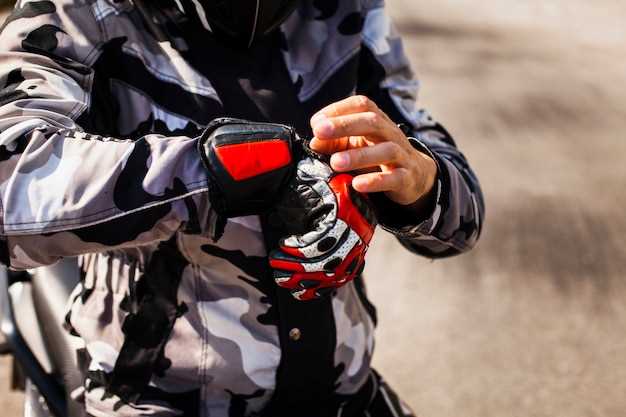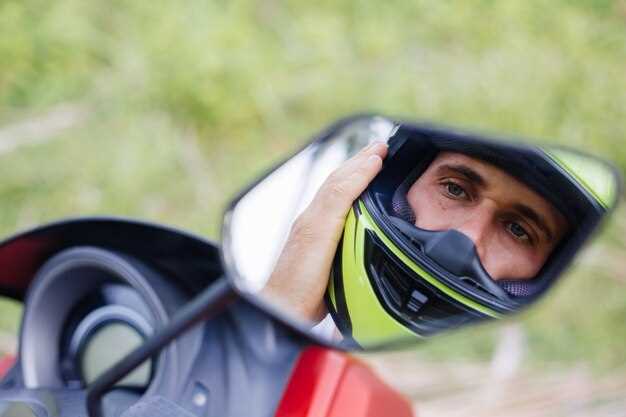
Participating in a track day can be an exhilarating experience for any motorcycle rider. However, it’s essential to understand that sharing the track with others comes with a specific set of rules and etiquette that everyone must follow. Whether you are a seasoned racer or a newcomer, adhering to these guidelines not only ensures your safety but also enhances the overall enjoyment for all participants.
Etiquette on the track goes beyond just knowing the lines and speeds; it encompasses respect, communication, and responsibility. As you prepare to take your bike on the track, keep in mind that you’ll be sharing this space with fellow riders who have varying levels of experience. Understanding how to interact with them can significantly affect your track day experience.
In this article, we’ll explore key etiquette tips that every motorcycle rider should know before hitting the track. From signaling your intentions to managing faster and slower riders, following these essential practices will not only keep you safe but will also contribute to a respectful and enjoyable environment for everyone involved.
Understanding Track Day Flags and Signals

During track days, flags and signals play a crucial role in ensuring the safety and organization of all participants. Familiarity with these signals is essential for every motorcycle rider to maintain awareness of the track conditions and the actions of fellow riders.
Green Flag: This flag indicates that the track is clear and safe to ride. Riders may accelerate and enjoy their session without concern for obstacles. It is typically displayed at the beginning of the day and after any incidents that have been resolved.
Yellow Flag: A yellow flag signals caution. This is typically waved when there is a hazard on the track, such as a downed rider or debris. Riders should reduce speed, maintain their position, and be prepared to take evasive maneuvers if necessary. Overtaking is usually not permitted under this flag.
Red Flag: The red flag signifies that the session has been stopped due to a serious situation, such as an accident or unsafe conditions. Riders must slow down, proceed to the pit lane, and come to a stop. It is essential to remain alert as instruction from track officials will follow.
Blue Flag: The blue flag is a signal for slower riders to be aware of faster motorcycles approaching. This is a warning to allow quicker participants to pass safely. Riders should not race against those behind them but instead facilitate a smooth transition.
White Flag: Displayed to indicate a slow-moving vehicle on the track. Riders should exercise caution and be prepared to adjust their speed accordingly to avoid any mishaps.
Black Flag: This flag is used to indicate that a rider has been disqualified from the session, usually due to unsafe riding or repeated rule violations. When shown, the rider must come into the pits immediately for discussion with track officials.
Understanding these flags and their meanings enhances the safety and enjoyment of track days. Each rider should keep an eye out for signals and always respond appropriately to maintain a safe riding environment for everyone on the track.
Proper Riding Behavior in Passing Zones
When navigating passing zones on the track, it is crucial for riders to exhibit behavior that promotes safety and respect among all participants. Before attempting to overtake another rider, assess your surroundings and ensure that the track is clear ahead. Use your mirrors and turn your head to confirm that no one is approaching from behind.
Communicate your intentions clearly. When approaching a slower rider, utilize hand signals or body cues to indicate your desire to pass. Ensure that the rider you plan to overtake is aware of your presence and is prepared to give way. Avoid sudden maneuvers, as they can lead to unexpected collisions.
Maintain a safe distance when initiating a pass. Align your motorcycle slightly to the side of the other rider without cutting them off. This allows both you and the other rider to maintain control while minimizing the risk of contact. Remember, patience is essential; if a passing opportunity does not present itself safely, wait for a better moment rather than forcing the pass.
Once you have completed a pass, ensure that you are far enough ahead before re-entering your original line. Avoid weaving or making abrupt direction changes that could surprise the rider you just overtook. A smooth and predictable transition helps maintain the flow of the track for all participants.
Lastly, adhere to the established passing rules of the track. Different tracks may have specific regulations regarding where and how passing is permitted. Familiarize yourself with these guidelines, as they are designed to enhance safety and ensure an enjoyable experience for everyone on the track.
Maintaining Respect for Fellow Riders on the Track

Respecting fellow riders on the track is essential for ensuring a safe and enjoyable experience for everyone involved. Every rider brings their unique skill level and riding style, so it’s crucial to be aware of this diversity while navigating the track.
First and foremost, communication is key. Use hand signals to indicate when you’re changing lanes or slowing down. This practice helps maintain awareness and prevents unexpected surprises that could lead to accidents.
Additionally, it’s important to be mindful of your speed and position relative to other riders. If you find yourself in a faster group, be patient and wait for appropriate opportunities to pass. Likewise, if you are slower on the track, maintain predictable lines and be aware of faster riders approaching from behind.
Watch for flags and other signals from officials; they play a critical role in maintaining order and safety on the track. Responding promptly and appropriately to these indications shows respect for the track’s regulations and fellow riders.
Furthermore, if an incident occurs that affects others, such as a crash or mechanical failure, act with consideration. Assist if you can, and remain calm; your demeanor can influence the atmosphere among the riders around you.
Finally, after your session, take a moment to thank your fellow riders and share insights about the day. Building a rapport fosters a sense of community and enhances the overall experience for everyone at the track.
